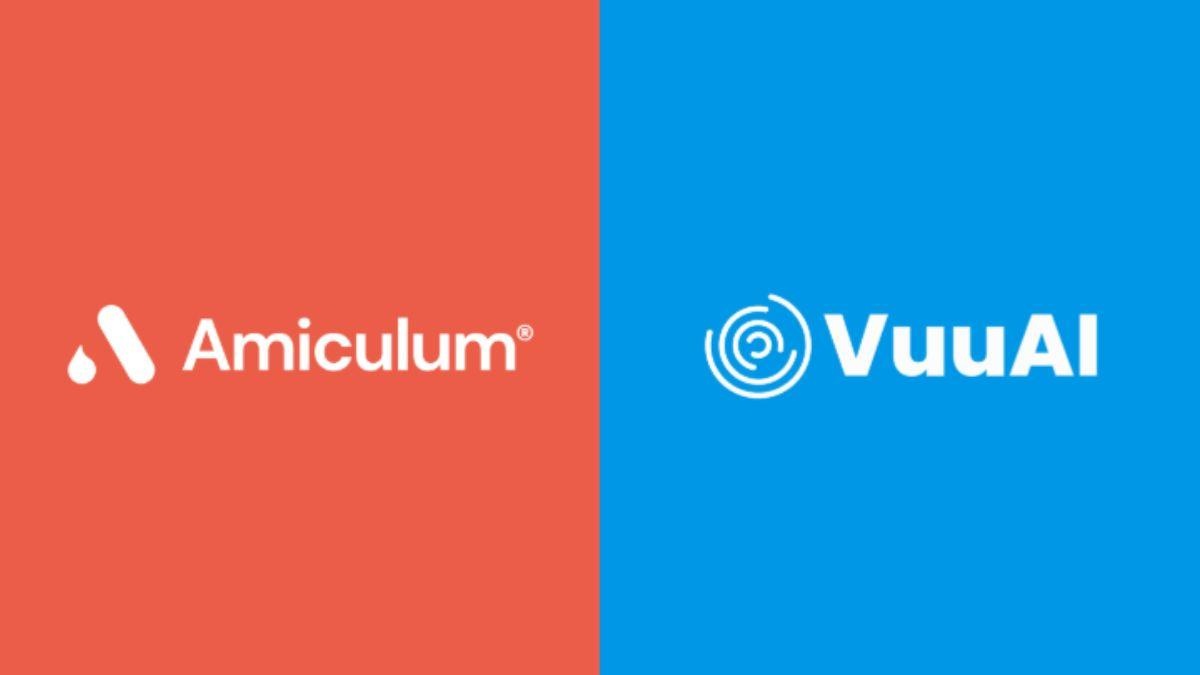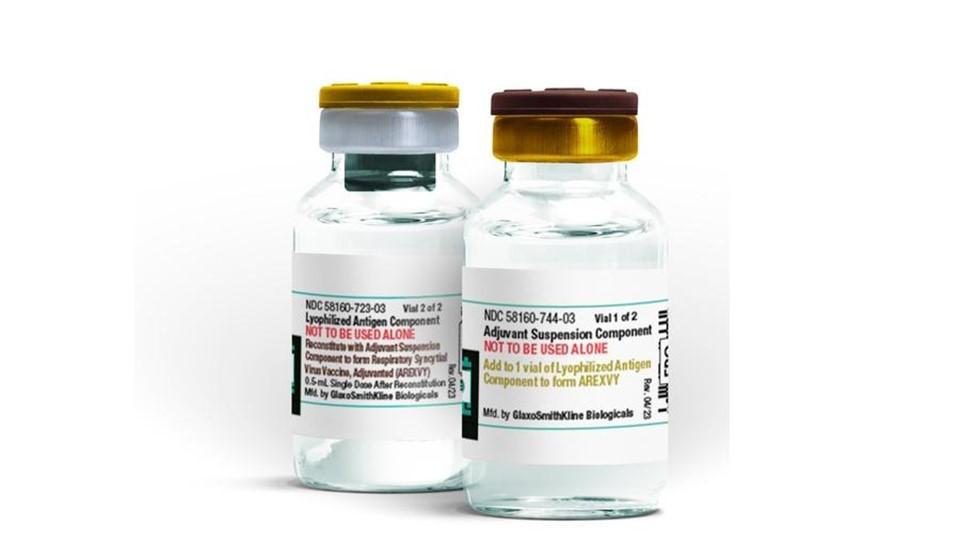Market access in Latin America: a different approach?

Ruben Gennero
Laboratorio Chile (TEVA Pharmaceuticals)
Latin America has become a hot spot in terms of investments and ventures, and the pharmaceutical market is no exception. Nowadays, Big Pharma has fixed its eyes on Brazil, Argentina, Venezuela, Colombia and Chile, looking for new opportunities and trying to take advantage of the booming economy and the emergent middle class. In fact, according to IMS projections, even though the pharmaceutical expenditure will speed down during the next years due to an increase in the generics market share, the so called “pharmerging” countries, where Brazil and the rest of Latin American countries play a big role, will exhibit attractive figures which are worth noticing.
Within this context, it’s fair to question whether market access follows a typical pattern – the same performed in developed pharmaceutical markets such as Europe – or market access in Latin America definitely means something different. In other words, how does value demonstration process work in this region?
Indeed, the well developed market access strategies and techniques are just coming up in the region and the reasons might be related with the dynamics that Latin American markets exhibit. The lack of a strong public reimbursement in drugs determines that the spending in medicines is mainly focused on an out of pocket basis. Actually in countries such as Chile out of pocket spending represents 40% of the total expenditure in health, and drugs represent 55% of that percentage.
Although public insurances schemes are an important part of the financial health system in Latin American countries, the lack of complete coverage and the coexistence of private health insurances results in, a lack of resources in public health. It also results in a focus on low cost generics, normally without strong quality standards. On the contrary, the well off population who have access to private schemes are over insured on an individual basis, therefore cross subsidy concept belonging to European Welfare system does not have a strong presence.
 ,
"...the main difficulty in order to perform market access in the region, is the consistent lack of a strong pharmaceutical policy, negatively impacting the access for high cost drugs."
 ,
The current situation from the payers’ point of view, especially the public sector in Latin America, generates two main problems in terms of value demonstration for market access specialists. First, the one which comes when the State purchases big quantities of drugs as part of national plans (public system drugs) focused on low cost medicines. In such cases, value demonstration does not exist and price takes the main role, most of the time without giving importance and compliance to basic conditions such as Good Manufacture Practices certifications and therapeutic equivalence standards.
The second problem is related with the decision-making process in order to gain access either to the public sector, mainly through the tendering process or private sector, where the key decisions are made by the medical doctors. Due to this dynamic, medical reps are the ones who carry out the value demonstration, in a process which considers the highly important “relationship aspects” with the MDs, often based on small gifts and scientific congress invitations.
Nevertheless, it is likely that the main difficulty in order to perform market access in the region, is the consistent lack of a strong pharmaceutical policy, negatively impacting the access for high cost drugs. An example is the controversy in Chile regarding public reimbursement and trastuzumab. The government and the patient’s association plus some MPs are involved in a bitter dispute due to the government’s decision establishing limits for the drug reimbursement, meanwhile the patients want to increase the access to all women with breast cancer and HER2+. Even though publicly the government has said there is no strong evidence to increase reimbursement for trastuzumab, cost effectiveness criteria are not explicit and the methodology is not clear, triggering reactions of doubt and anger from the patients.
 ,
"Despite all the difficulties, there are opportunities to develop a proper market access strategy in Latin America."
 ,
In fact, cost-effectiveness analysis through Health Technology Assessments is still rare in the region, except in Brazil. Indeed, Brazil has a newly formed HTA body, CONITEC, which stands for the National Commission for Incorporation of Technologies in the Unified Healthcare System (SUS), a Ministry of Health agency that manufacturers have to get acquainted with if they wish to obtain public reimbursement for a new drug in the fast-growing, fast-evolving Brazilian market. CONITEC’s main role is to assist the Ministry of Health on SUS reimbursement decisions to include, exclude or restrict the use of a new medicine. On the contrary, despite occasional HTA processes that either Ministries of Health or Academic Centers can carry out, there is no other agency with the standards of CONITEC in Latin America, which minimizes the opportunities in terms of cost effectiveness and value demonstration for market access specialists.
Despite all the difficulties, there are opportunities to develop a proper market access strategy in Latin America. Firstly, it’s the pharmaceutical companies and market access specialists job to conduct appropriate clinical effectiveness analysis and being smart enough to determine the exact value of each pharmaceutical product considering the local scenario.
In addition, once this value in scientific terms is determined according to the local needs and health context, the communication of this value through official structures such as Ministry of Health and Key Opinion Leaders is important. The approach through this point may be different from developed markets due to the lack of defined counterparts and formal pathways. The challenge here is to construct relationships with stakeholders and key opinion leaders in order to disseminate the value following a sustainable methodology, thinking in a wide portfolio of products rather than one single bullet.
Finally, the threat of inflation due to overheated economies can trigger an interest of cost-containment strategies, which can be thought as a menace for market access specialists but, on the other hand, it may open the door for cost-effectiveness strategies, setting Health Technology Assessments in a relevant place. The recent announcement carried out in Argentina and Chile regarding the introduction of HPV vaccines and high cost cancer treatments within the national reimbursements schemes must be tied with transparent processes in order to determine which product available on the market represent the best option in terms of cost effectiveness.
 ,
About the author:
Ruben Gennero MD, MBA, MPH
Market Access Manager
Laboratorio Chile (TEVA Pharmaceuticals)
+5623655025
ruben.gennero@laboratoriochile.cl
Twitter - @rgenneroriganti
How do you overcome difficulties faced in market access?












